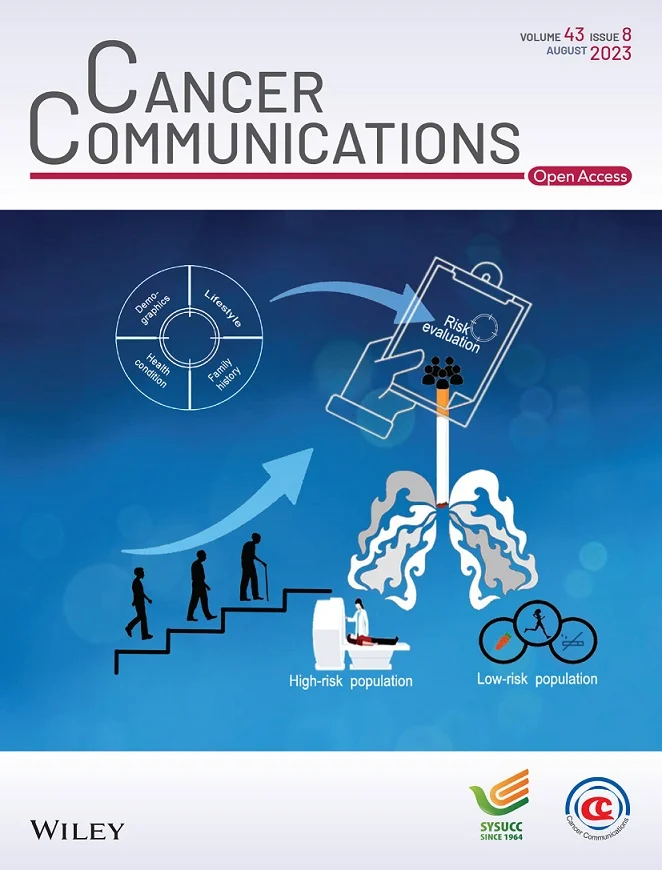Exposure of benzo[a]pyrene induces HCC exosome-circular RNA to activate lung fibroblasts and trigger organotropic metastasis
Abstract
Background
Benzo[a]pyrene (B[a]P), a carcinogen pollutant produced by combustion processes, is present in the western diet with grilled meats. Chronic exposure of B[a]P in hepatocellular carcinoma (HCC) cells promotes metastasis rather than primary proliferation, implying an unknown mechanism of B[a]P-induced malignancy. Given that exosomes carry bioactive molecules to distant sites, we investigated whether and how exosomes mediate cancer-stroma communications for a toxicologically associated microenvironment.
Method
Exosomes were isolated from B[a]P stimulated BEL7404 HCC cells (7404-100Bap Exo) at an environmental relevant dose (100 nmol/L). Lung pre-education animal model was prepared via injection of exosomes and cytokines. The inflammatory genes of educated lungs were evaluated using quantitative reverse transcription PCR array. HCC LM3 cells transfected with firefly luciferase were next injected to monitor tumor burdens and organotropic metastasis. Profile of B[a]P-exposed exosomes were determined by ceRNA microarray. Interactions between circular RNA (circRNA) and microRNAs (miRNAs) were detected using RNA pull-down in target lung fibroblasts. Fluorescence in situ hybridization and RNA immunoprecipitation assay was used to evaluate the “on-off” interaction of circRNA-miRNA pairs. We further developed an adeno-associated virus inhalation model to examine mRNA expression specific in lung, thereby exploring the mRNA targets of B[a]P induced circRNA-miRNA cascade.
Results
Lung fibroblasts exert activation phenotypes, including focal adhesion and motility were altered by 7404-100Bap Exo. In the exosome-educated in vivo model, fibrosis factors and pro-inflammatory molecules of are up-regulated when injected with exosomes. Compared to non-exposed 7404 cells, circ_0011496 was up-regulated following B[a]P treatment and was mainly packaged into 7404-100Bap Exo. Exosomal circ_0011496 were delivered and competitively bound to miR-486-5p in recipient fibroblasts. The down-regulation of miR-486-5p converted fibroblast to cancer-associated fibroblast via regulating the downstream of Twinfilin-1 (TWF1) and matrix metalloproteinase-9 (MMP9) cascade. Additionally, increased TWF1, specifically in exosomal circ_0011496 educated lungs, could promote cancer-stroma crosstalk via activating vascular endothelial growth factor (VEGF). These modulated fibroblasts promoted endothelial cells angiogenesis and recruited primary HCC cells invasion, as a consequence of a pre-metastatic niche formation.
Conclusion
We demonstrated that B[a]P-induced tumor exosomes can deliver circ_0011496 to activate miR-486-5p/TWF1/MMP9 cascade in the lung fibroblasts, generating a feedback loop that promoted HCC metastasis.


 求助内容:
求助内容: 应助结果提醒方式:
应助结果提醒方式:


